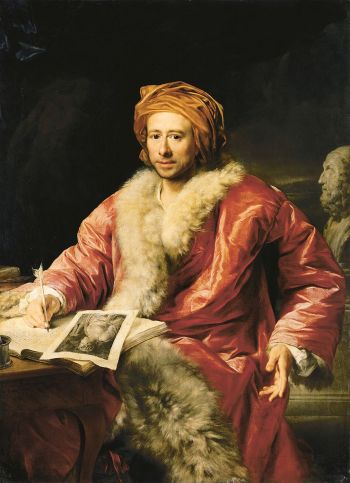The Marble Bust of Homer.
in the Long Room.
Trinity College Library.
Dublin.
Peter Scheemakers.
Signed P.S. Ft.
A version of the Farnese Homer (see engravings below).
...........................
Engraving.
George Vertue.
247 x 178 mm.
1715.
British Museum.
______________

The Farnese Homer.
(now Nat Mus. Naples).
Engraving.
by John Faber Sr.
352 x 252 mm.
British Museum.

Homer.
mezzotint after Rubens.
British Museum.
For Rubens and Homer see -
http://bathartandarchitecture.blogspot.co.uk/search?q=Rubens
______________________

The Arundel Homer.
Engraving.
Bernard Baron.
359 x 359mm.
British Museum.


The Arundel Homer.
Bernard Baron.
Engraving.
114 x 98 mm.
British Museum.

Homer.
Bronze bust in the possession of Richard Meade.
The Arundel Homer.
Engraving by George Vertue,
1725.
242 x 176 mm.
British Museum.

.
Original drawing of the Arundel Homer by George Vertue.
224 x 160 mm.
British Museum.

The Arundel Homer (Sophocles).
Provenance Earl of Arundel.
Richard Mead.
Brownlow Cecil who donated it to the B.M.
Previously
recorded as probably having been found in Istanbul. For the evidence for its
discovery in a well in Smyrna, by the Revd William Petty, see Harding, Robert
JD, 'The head of a certain Macedonian King' An old identity for the British
Museum's 'Arundel Homer' in The British Art Journal, Volume IX No. 2, Autumn
2008.
Acquired by the British Museum in 1760.
_____________________________________

Frontispiece from The Iliad of Homer.

Frontispiece from The Iliad of Homer.
Translated By Alexander Pope.
Pub. Berard Lintot.
1715.
________________________________
For the Joseph Wilton bust of Homer see my post -
http://bathartandarchitecture.blogspot.co.uk/2015/05/bust-by-louis-francois-roubiliac-of.html
_______________________________

The Townley Homer.
British Museum.
see -
................................

The Townley Homer.
Engraving by Bartolozzi
after a drawing by John Brown.
425 x 330 mm.
British Museum.
.....................................

Homer.
Engraved after a drawing by John Brown of the marble bust of Homer in the Townley
Excavated in 1780.Collection, now in the British Museum.
.........................

Homer.
Engraved after a drawing by John Brown of the marble bust of Homer in the Townley
Excavated in 1780.Collection, now in the British Museum.
.........................

Engraving of the Townley Homer.
after John Brown.
Marino Bovi.
218 x 140 mm. to Plate Mark.
British Museum.

Bust of Homer in the portrait of Johann JoachimWinckelmann.
by von Marron
136 x 99 cms.
1768.
Stadtschloss. Weimar
Not really relevant but included as an example of the popularity of this bust in the 18th Century





















.jpg)











